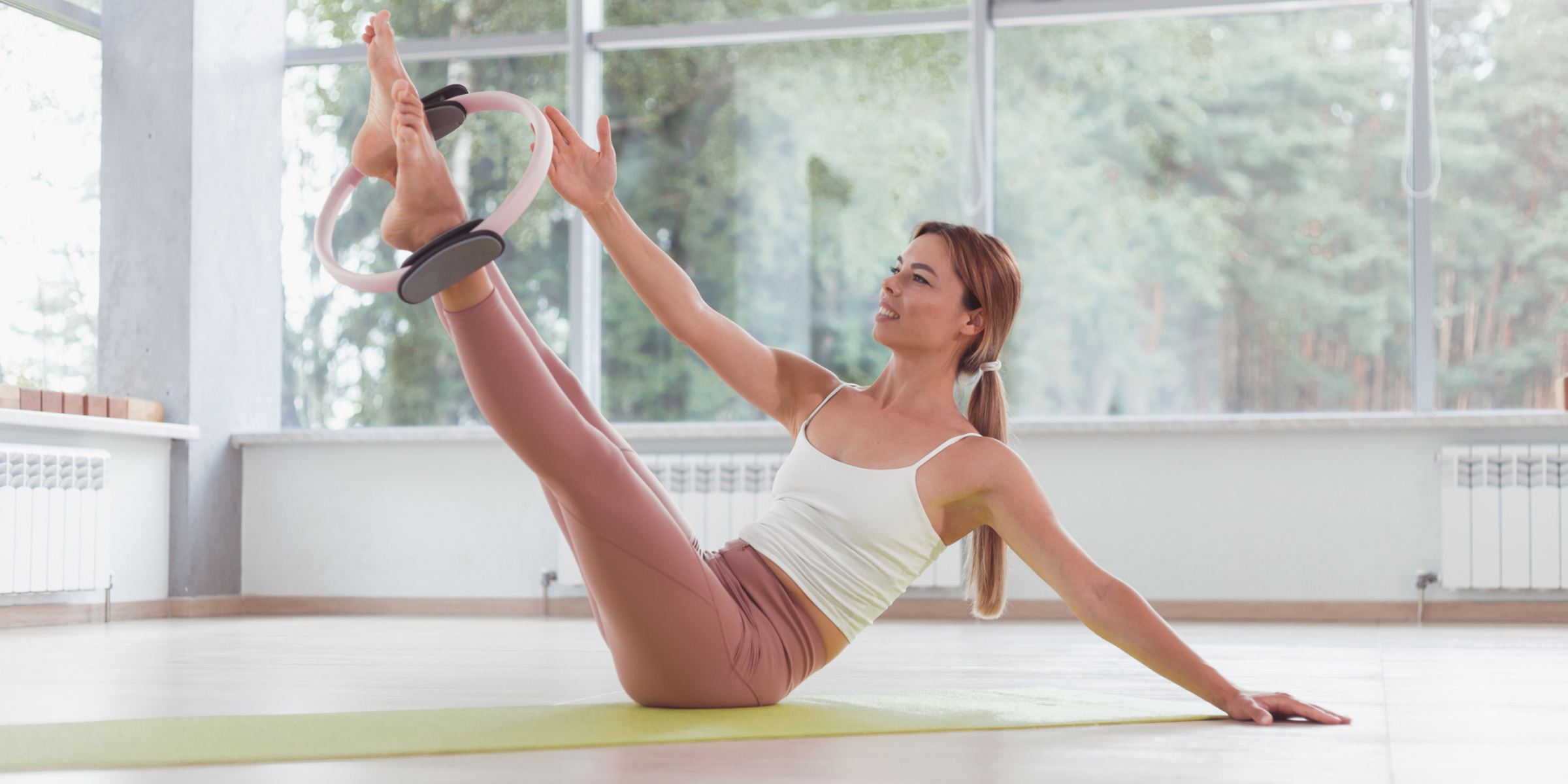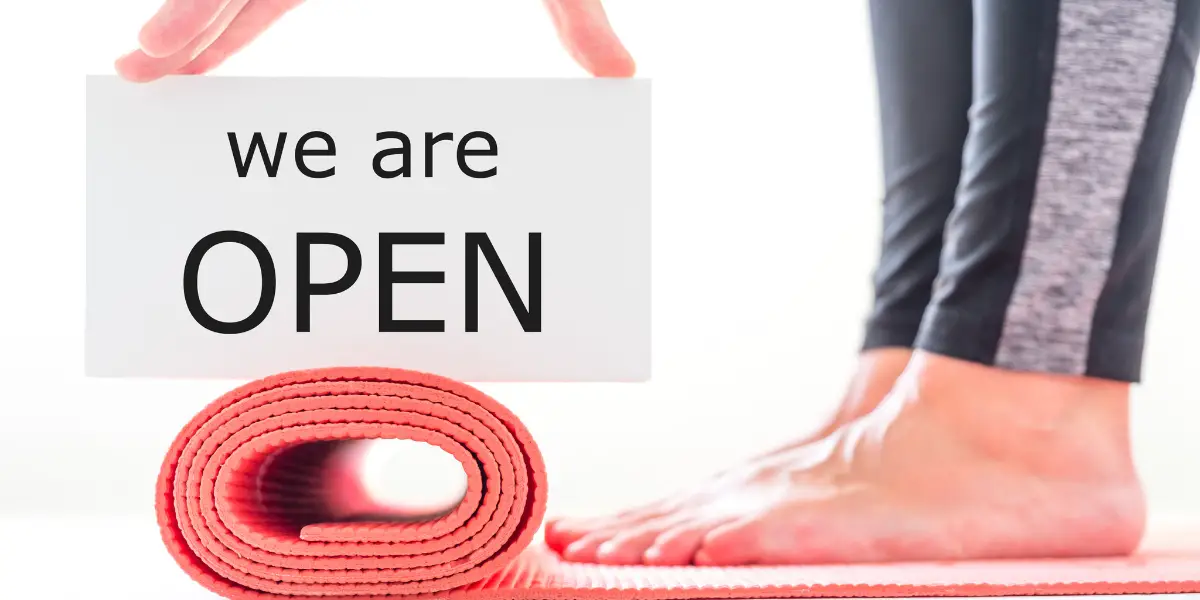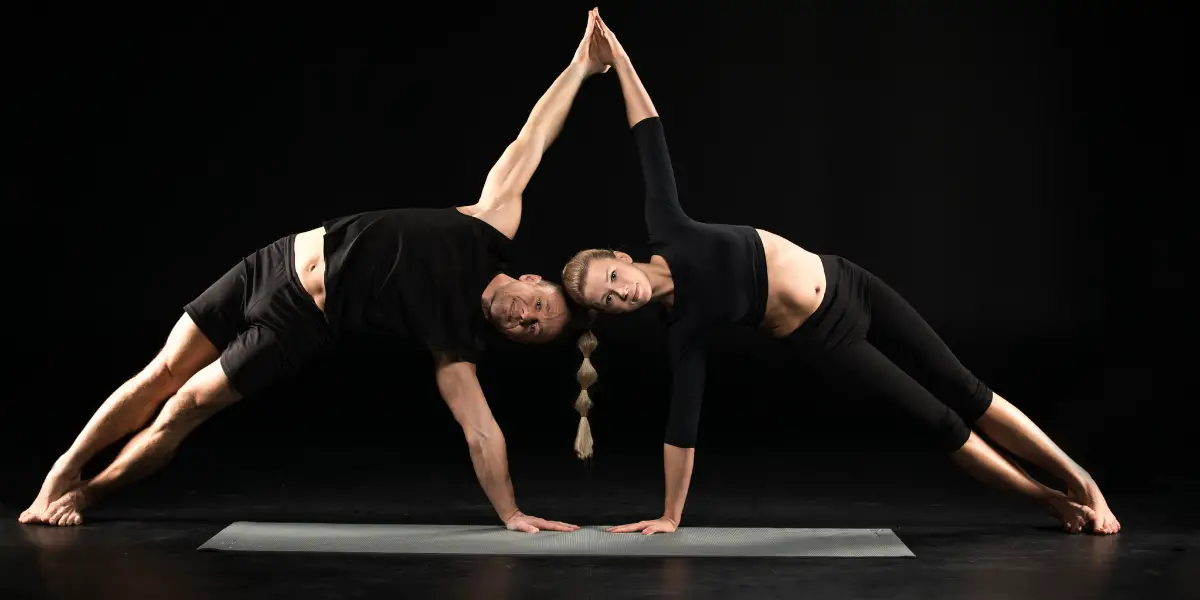As we journey deeper into physical fitness, a world of untapped potential often goes unnoticed by many. Nestled between familiar routines and widely practiced techniques are exercises that challenge our limits, refine our form, and demand our utmost concentration.
Advanced Pilates ring exercises use the magic circle in more challenging ways to intensify workouts, focus on specific muscles, and improve core stability. These exercises require increased strength, flexibility, and precision.
We’ll explore these lesser-known movements with a simple tool, inviting novices and seasoned practitioners to discover the power and nuance hidden within. Join us as we delve into the intricate world of advanced Pilates ring exercises.
Mastering the Basics: A Refresher on Pilates Ring Fundamentals
Before diving into advanced Pilates ring exercises, it’s crucial to revisit and master the basics. The Pilates ring, often called the magic circle, was introduced by Joseph Pilates to provide gentle exercise resistance, allowing for targeted muscle engagement and improved alignment. Its unique design provides a tactile feedback mechanism, ensuring practitioners maintain the desired position throughout various movements.
The foundational exercises with the Pilates ring primarily focus on engaging the core while targeting the arms, legs, and pelvic muscles. By providing mild resistance, the ring assists in refining one’s form and ensuring that muscles work in harmony.
The initial objective is not just about exerting force against the ring but about understanding how the body interacts with the tool, teaching one to apply the right amount of pressure and engage the correct muscles for each exercise.
Understanding and perfecting these fundamental exercises is pivotal. Not only do they set the stage for more advanced movements, but they also reinforce proper alignment, breathing, and muscle engagement.
As with all things in Pilates, it’s not about how many repetitions one can do but about the quality, precision, and intention behind each movement. Once these foundational exercises are mastered, one can confidently progress, pushing the boundaries of what’s achievable with the Pilates ring.
Targeting the Core: Elevating Abdominal and Back Workouts
The core—the body’s powerhouse—is the foundation for almost every movement in Pilates. By incorporating the Pilates ring into core-centric exercises, practitioners can elevate their training sessions, tapping deeper abdominal and back muscles that often remain underutilized in conventional workouts. The ring’s inherent resistance and feedback mechanism make it an invaluable tool for anyone aiming to sculpt and fortify their core.
Exercises often involve placing the ring between the thighs, ankles, or hands when focusing on abdominal workouts with the ring. This positioning encourages engagement of both the superficial and deep abdominal muscles, such as the rectus abdominis and the transverse abdominis.
As a result, movements like crunches, leg raises, or the classic Pilates “hundreds” can be intensified, requiring extra stabilization and control. The ring is a gentle reminder, urging practitioners to maintain constant engagement, ensuring the abdominals are worked comprehensively.
Meanwhile, targeting the back with the Pilates ring offers a nuanced approach to strengthening the often-neglected muscles of the posterior chain. By incorporating the ring in exercises like the spine stretch, swan dive, or the modified bridge, practitioners can achieve a more pronounced contraction in the lower, middle, and upper back regions.
The result is improved posture, greater back strength, and a holistic balance between the anterior and posterior muscles of the body. When the core is the focus, the Pilates ring becomes an indispensable ally in the quest for a robust and resilient midsection.
Strengthening the Limbs: Advanced Arm and Leg Techniques
Beyond the core, our limbs are pivotal in our daily activities, determining our strength, agility, and overall athletic prowess. Introducing the Pilates ring into limb-focused exercises can unlock a new dimension of strength and toning for both the arms and legs, challenging even those who consider themselves seasoned Pilates practitioners.
The ring presents an opportunity for the arms to target the major muscle groups and the smaller, stabilizing muscles, which are often overlooked. Exercises like the ring press, where the ring is held with both hands and compressed in front of the body, simultaneously engage the biceps, triceps, and shoulders.
Moreover, holding the ring above the head or outside can challenge the deltoids and upper back muscles, creating a comprehensive upper-body workout. The constant tension from the ring demands continuous engagement, leading to improved muscle endurance and definition over time.
Leg exercises with the Pilates ring are just as transformative. By placing the ring between the ankles or thighs during leg lifts or clamshells, practitioners can achieve a more pronounced engagement of the inner and outer thigh muscles.
Moreover, exercises such as the standing leg press or the Pilates ring squat engage everything from the quadriceps and hamstrings to the calves and glutes. The added resistance ensures that the legs consistently work against a force, promoting muscle growth, increased tone, and enhanced stability. Whether the goal is sculpting sleek arms or powerful legs, the Pilates ring’s advanced techniques provide the tools and challenges needed to elevate one’s limb-strengthening journey.
Achieving Balance: Exercises for Enhanced Stability and Coordination
In the intricate dance of human movement, balance is the unsung hero that keeps us grounded, ensuring fluidity and grace. While strength is often the spotlighted goal, stability and coordination play equally vital roles, especially in injury prevention and executing complex movements. The Pilates ring, with its adaptable nature, offers a myriad of exercises that challenge and hone our innate balancing capabilities.
Pilates Ring Balance Drills:
- Single Leg Circle with Ring: Holding the ring in both hands, extend one leg and circle it while using the ring to stabilize the upper body.
- Teaser with Ring: Begin with a classic Pilates teaser, then add the ring between the hands, extending it overhead. The challenge is to maintain balance while holding the extended position.
- Standing Leg Extension with Ring: Standing on one leg, place the ring around the ankle of the raised leg, extending and bending the leg, pushing against the ring’s resistance. This engages the standing leg’s stabilizing muscles and enhances coordination.
- Bridge with Ring Squeeze: While in a bridge position, place the ring between the knees, squeezing it as you lift your hips. This strengthens the glutes and demands increased stability from the core.
Coordination, the art of harmonizing different muscle groups for smooth movement, can also be refined using the Pilates ring. For instance, the brain is trained to process multiple feedback streams in exercises requiring simultaneous arm and leg movements with the ring. Over time, this leads to quicker reflexes, better proprioception, and a more intuitive understanding of one’s body in space.
By regularly integrating the Pilates ring into balance and coordination workouts, individuals can pave the way for more advanced exercises, enhance functional fitness, and move with greater confidence and precision.
Sources:
https://www.ten.co.uk/pilates-ring-exercises-to-do-at-home
https://pilatesmovesyou.com/pilates-ring-for-beginners-essential-tips-techniques-and-progressions-for-a-strong-start/– https://www.womenshealthmag.com/fitness/g40992790/pilates-ring-exercises/




